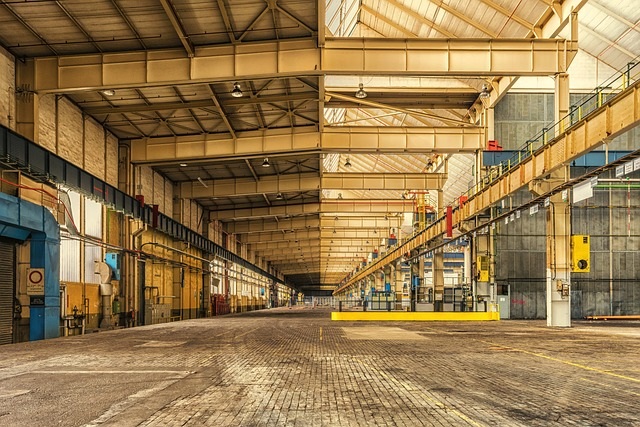In today’s fast-paced industrial landscape, technological advancements are constantly reshaping the way we work and manufacture goods. On the workshop floor, efficiency and safety are paramount, and the integration of cutting-edge gadgets has become instrumental in achieving these goals. This blog post delves into four game-changing gadgets that have revolutionized workshop operations, enhancing productivity and safety across various industries. From innovative tools to smart devices, these solutions are poised to make a significant impact on the modern manufacturing process.
Gadget #1: IoT-Enabled Machines
The Internet of Things (IoT) has taken the world by storm, and its influence on the workshop floor is no exception. IoT-enabled machines have ushered in an era of unprecedented connectivity and data-driven decision-making that used to not be available in the past. These machines are equipped with sensors that collect real-time data, allowing for remote monitoring and control of critical equipment. Whether it’s monitoring temperature, pressure, or machinery health, IoT technology ensures that workshop operators can keep a watchful eye on their equipment without being physically present.
An overhead bridge crane equipped with IoT sensors can constantly assess its performance, identifying potential issues before they escalate. The crane can send alerts to maintenance personnel, enabling proactive maintenance that minimizes downtime. This not only increases productivity but also enhances safety by preventing unexpected equipment failures.
Gadget #2: Augmented Reality (AR) Headsets
Augmented reality (AR) has transcended the world of gaming and is now making its presence felt on the workshop floor. AR headsets are becoming indispensable tools for training, maintenance, and quality control. These headsets overlay digital information onto the real-world view, providing workers with real-time guidance and information on their projects. When it comes to complex assembly tasks or machine maintenance, AR headsets can be a game-changer.
Imagine a scenario where a technician needs to inspect and repair an overhead bridge crane. With an AR headset, they can access detailed schematics, and step-by-step instructions, and even connect with remote experts who can guide them through the process. This not only reduces the risk of errors but also accelerates the learning curve for new employees. Overall, AR headsets enhance efficiency and precision on the workshop floor.
Gadget #3: Collaborative Robots (Cobots)
Collaborative robots, often referred to as “cobots,” are a game-changing innovation in the field of automation. Unlike traditional industrial robots that operate behind safety barriers, cobots are designed to work alongside humans without posing a threat. These robots are equipped with advanced sensors and adaptive algorithms that enable them to detect and respond to human presence making them safer and more responsive to the needs of the project.
On the workshop floor, cobots are being used for a wide range of tasks, from material handling to intricate assembly work. For example, in a manufacturing facility where an overhead bridge crane is used to move heavy materials, cobots can assist in loading and unloading items, thereby reducing the physical strain on human workers. The ability to collaborate with cobots not only boosts productivity but also enhances safety by minimizing the risk of accidents.
Gadget #4: 3D Printing
While 3D printing is not a new concept, its impact on the workshop floor has been nothing short of revolutionary. The ability to create complex, customized parts and prototypes with ease has transformed the manufacturing process. 3D printing technology has evolved to a point where it can produce not only plastic components but also metal and composite parts with exceptional precision.
For instance, when a workshop needs to replace a damaged component of an overhead bridge crane, traditional manufacturing methods might involve long lead times and high costs. However, with 3D printing, a digital model of the part can be created and fabricated quickly, reducing downtime and costs significantly. This level of flexibility and speed can make a substantial difference in the workshop’s overall efficiency and maintenance practices.
Conclusion
In an era where technology is advancing at an unprecedented pace, staying competitive in the industrial sector requires embracing innovation. The workshop floor is no exception, and these four game-changing gadgets—IoT-enabled machines, AR headsets, collaborative robots, and 3D printing—are reshaping the way we manufacture goods and ensuring that productivity and safety remain paramount.
From the remote monitoring capabilities of IoT-enabled machines to the precision and guidance provided by AR headsets, these gadgets are enhancing efficiency and reducing the risk of errors on the workshop floor. Collaborative robots are working alongside humans, making tasks safer and more manageable, while 3D printing is revolutionizing how we create and replace parts.

